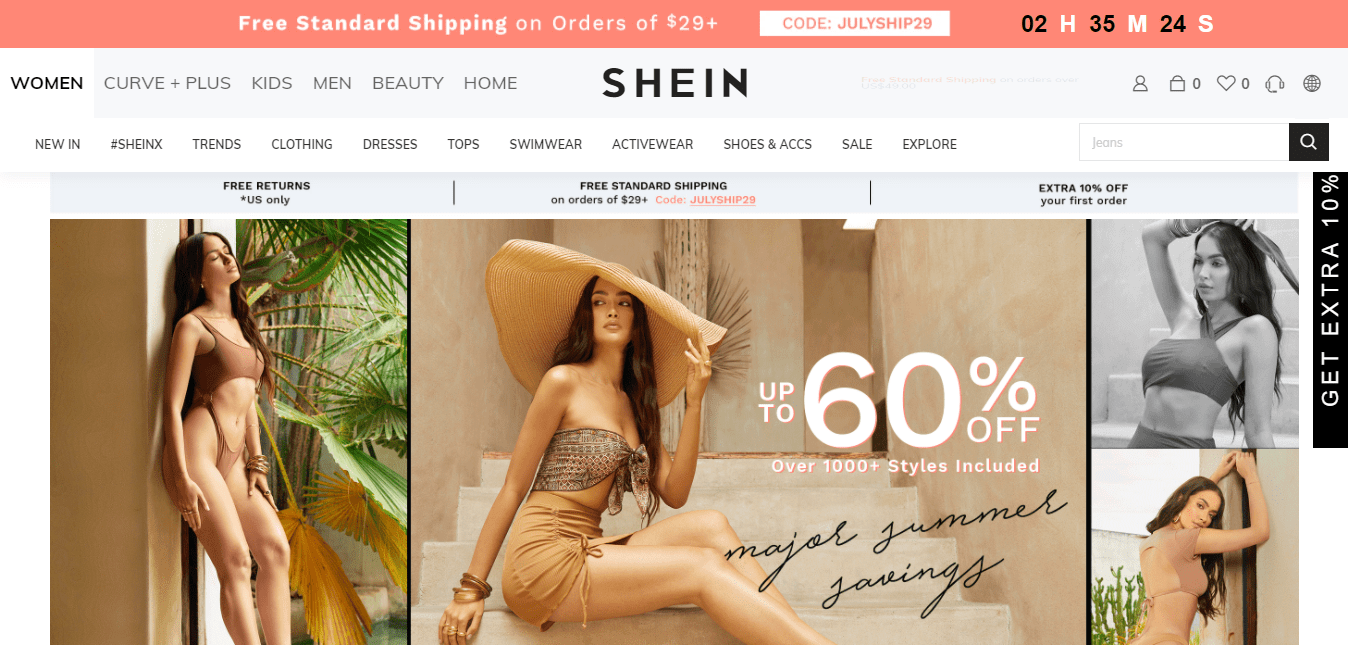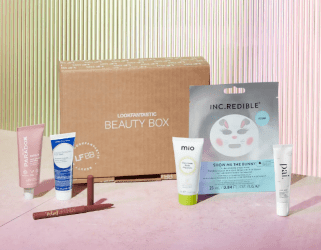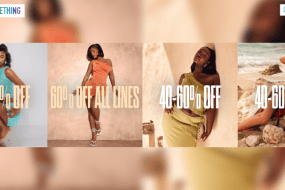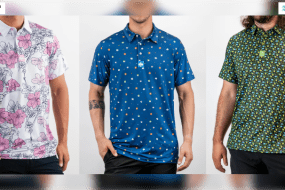
The Chinese online fashion store SheIn is a phenomenon in the UK, rocketing from 500,000 to 4 million unique monthly visitors in just six months. Now the third most visited fashion e-commerce site in the UK, behind only Next and ASOS, it has also established a presence in 230 global markets.
The company’s traction with Generation Z has been particularly pronounced. These consumers, born in the mid-90s and later, are typified by a seemingly contradictory desire to be both unique and socially accepted at the same time. This demographic represents a sizeable market sector but requires carefully targeted marketing strategies. Today’s under-25s don’t respond to the same pull and push factors as their parents’ or older siblings’ generations. SheIn has been smart in targeting this group in several ways, and we can draw a number of lessons from their success:
1. Devote yourself to what matters
SheIn champions trend-led clothing at unbeatable price points. The company is increasingly vertically integrated with leading in-house design; it sources and distributes globally; and the fact that it has grown so quickly has allowed it to rapidly increase production volumes and benefit from economies of scale. This has allowed it to undercut competitors such as ASOS, H&M and Zara.
What SheIn is not is fast or seamless, with delivery taking up to two or three weeks. For their core Gen Z customer, though, this doesn’t matter, if the cost savings are worth it. Our own primary research at OC&C shows that 55% of Gen Z-ers quote price as the most important factor when shopping for fashion, and they’re willing to trade off speed and ease to meet this need.
2. Get social media right
SheIn has a broad and fragmented channel mix encompassing desktop, mobile, social and a wide network of fashion influencers. Brand awareness is built outside of transactional channels to great effect, with traffic starting from Instagram and youtube. This makes sense. Gen Z relies more heavily than other generations on discovering fashion brands via real-life friendship networks, social networks and targeted mobile ads (these account for 19%, 17% and 5% of recent brand discovery respectively).
SheIn has mastered the art of putting itself at the forefront of these young people’s social worlds. Search “SheIn haul” on YouTube to see influencers talking through just how many on-trend clothes they have managed to buy from the store for a few hundred pounds. Many of these videos have been viewed hundreds of thousands of times and some have reached upwards of 3 million views.
3. Build a community
SheIn have been proactive in cultivating a vibrant community of like-minded shoppers across their channels. Their desktop and mobile shops include extensive peer reviews, as well as a Style Gallery through which shoppers can share their outfits and tag products with their sources of style inspiration.
The company’s @SheInOfficial Instagram promotes strong sentiments of body positivity and community-building: as recent Valentine’s Day campaign encouraged the account’s 5.8 million followers to share stories of #selflove. For young consumers, balancing the social and the conscious is key, with Gen Z-ers 5 percentage points more likely than older generations to be committed to equality, diversity and building local communities.
4. Gamify the experience
Like Primark, SheIn have created the conditions for customers to feel smart and savvy for hunting down the perfect style-conscious outfit at a much lower price than their friends might find elsewhere. The sheer breadth of products sold via the store, and the fact that not everything is always in stock, creates an almost gamified experience that you can see expressed in the “SheIn haul” vlogs mentioned above.
Shoppers are proud to have found low-cost items that replicate high-end looks from a site that others haven’t discovered yet. They are excited to unbox their clothes and see what works and what doesn’t, and must check back often to see what’s available on the site. Sometimes these products might not have the right fit, or seem more cheaply made than they appeared online, but that risk adds to the fun, and at such low prices, it’s worth wearing something only once, or as a novelty item.
The consumer retail market is changing rapidly, and strategies must be constantly updated in order to stay relevant. There are plenty of myths out there about what Generation Z does and doesn’t care about, as that demographic grows into an important consumer segment and gains spending power, but the success of SheIn is evidence that its strategies are based on genuine insight. Not every company will want to imitate all of these tricks, but there are lessons here that every brand can learn from in order to better connect with the fashion shopper of the future.










